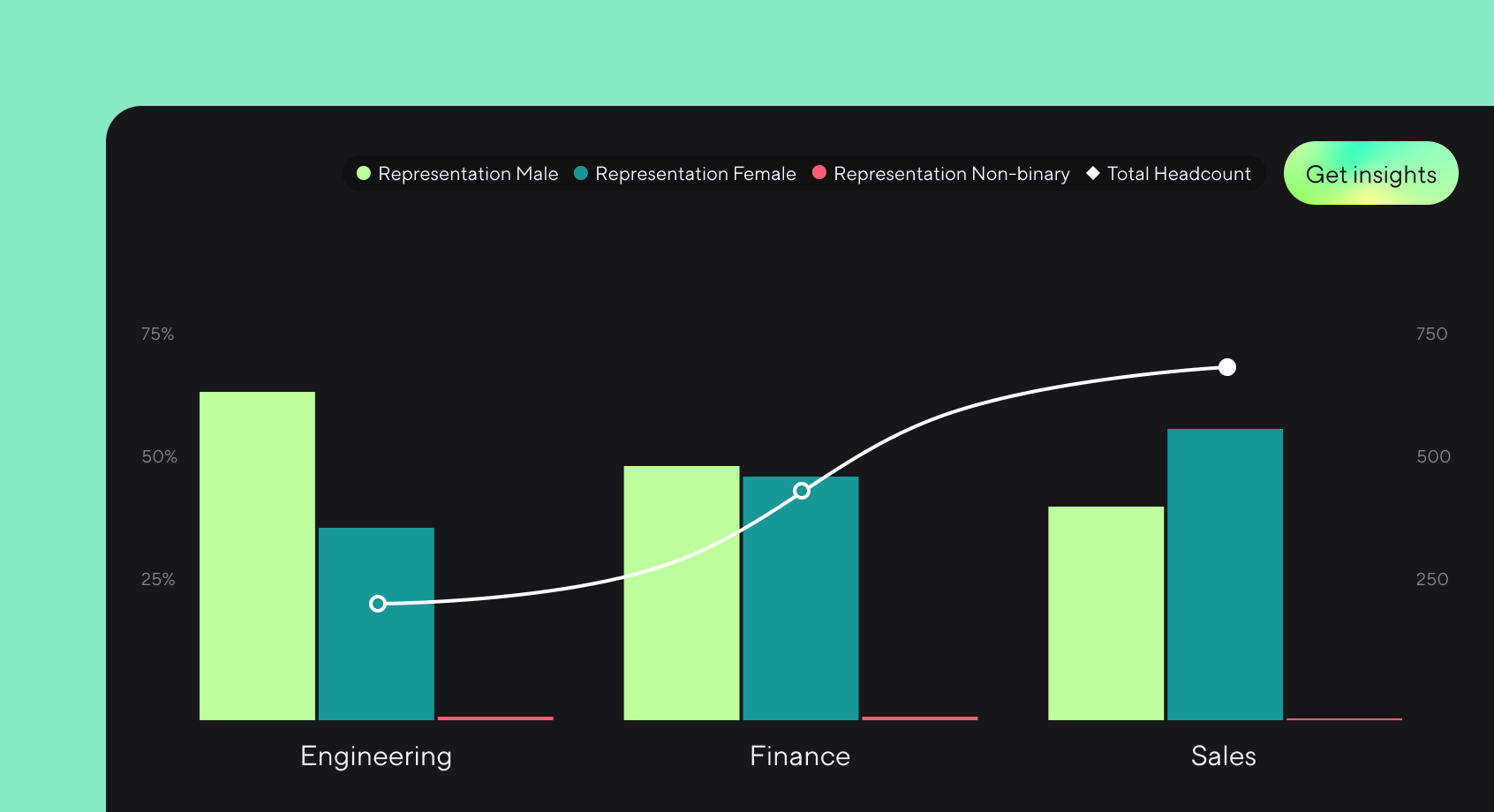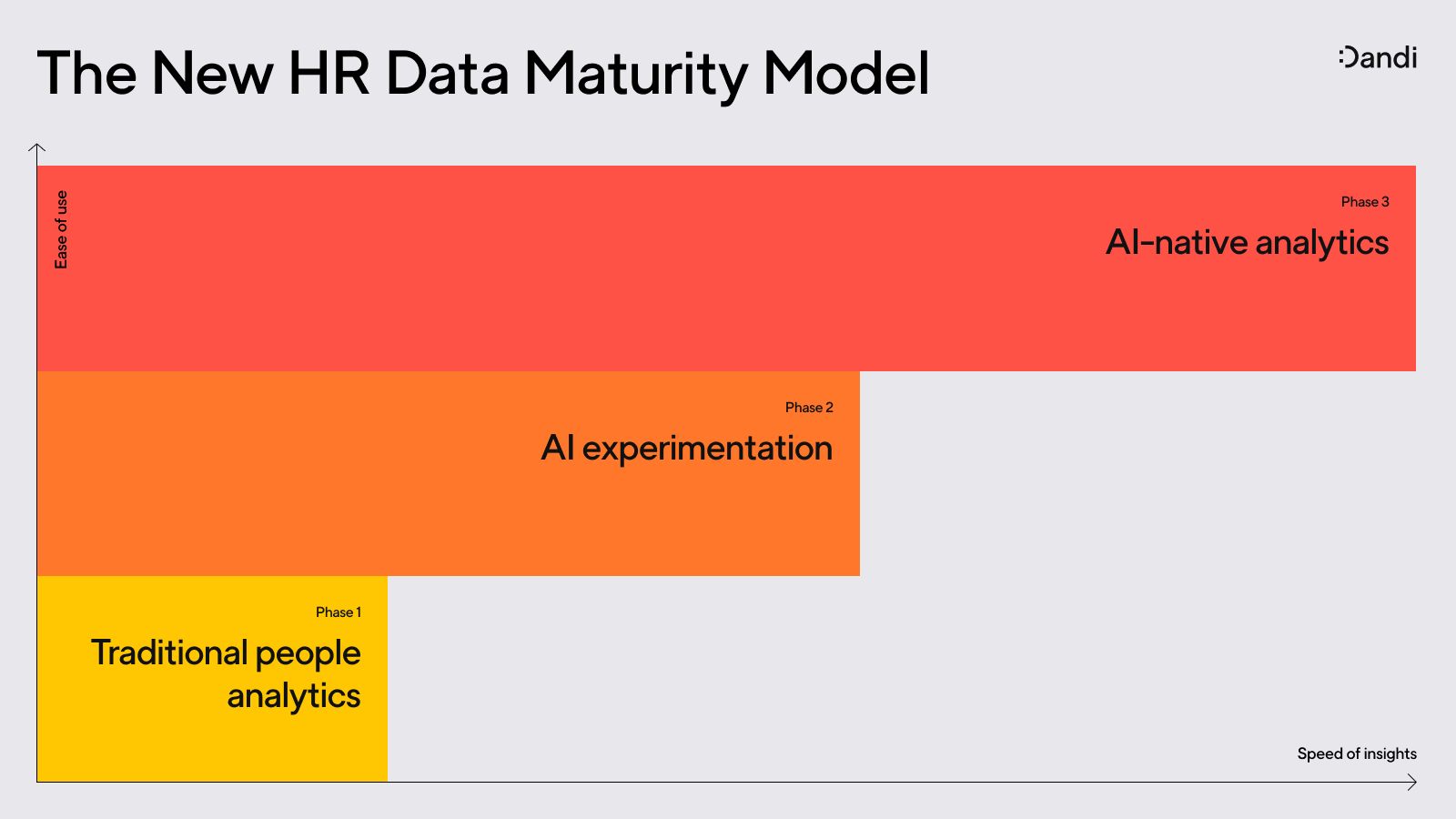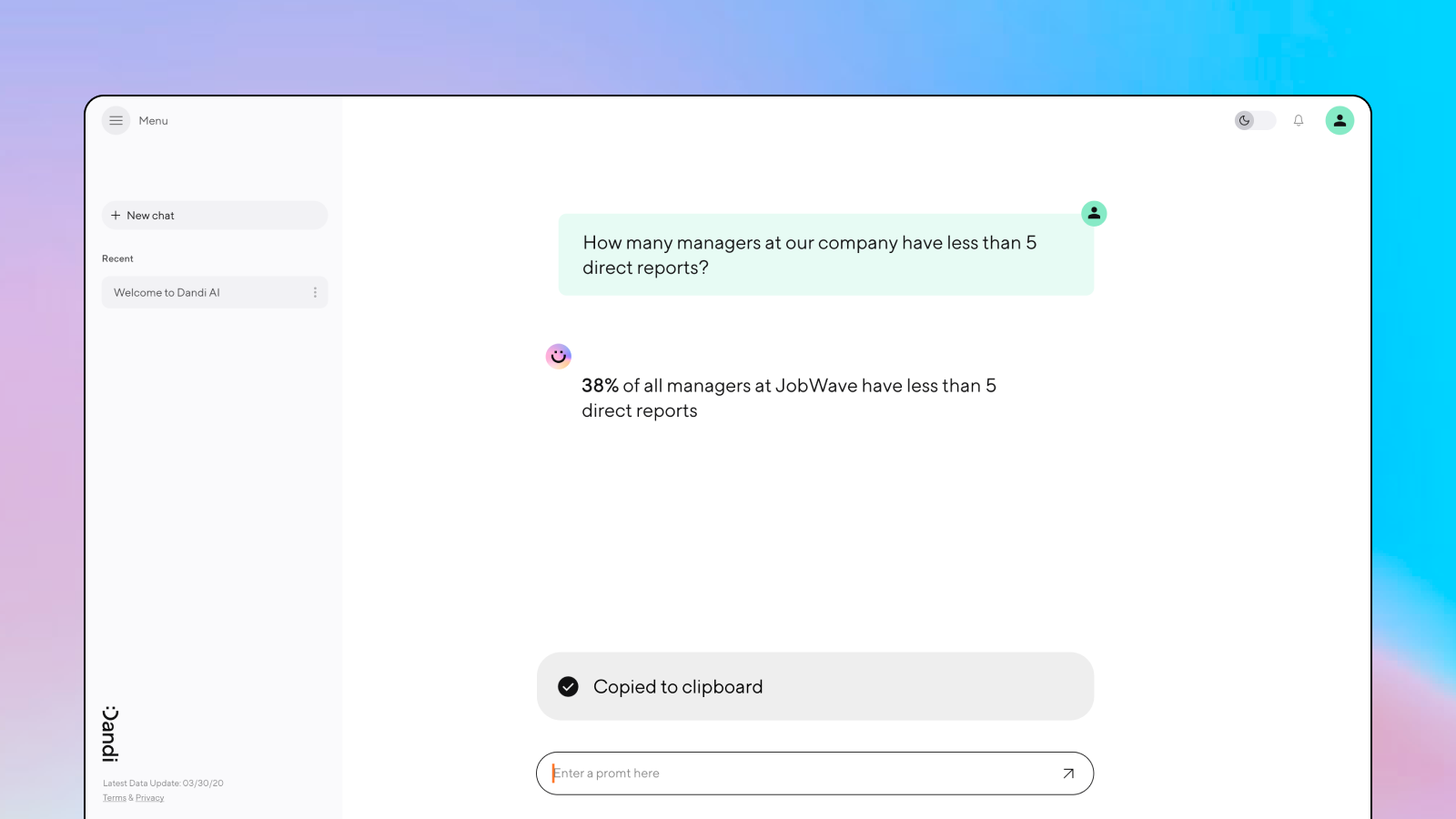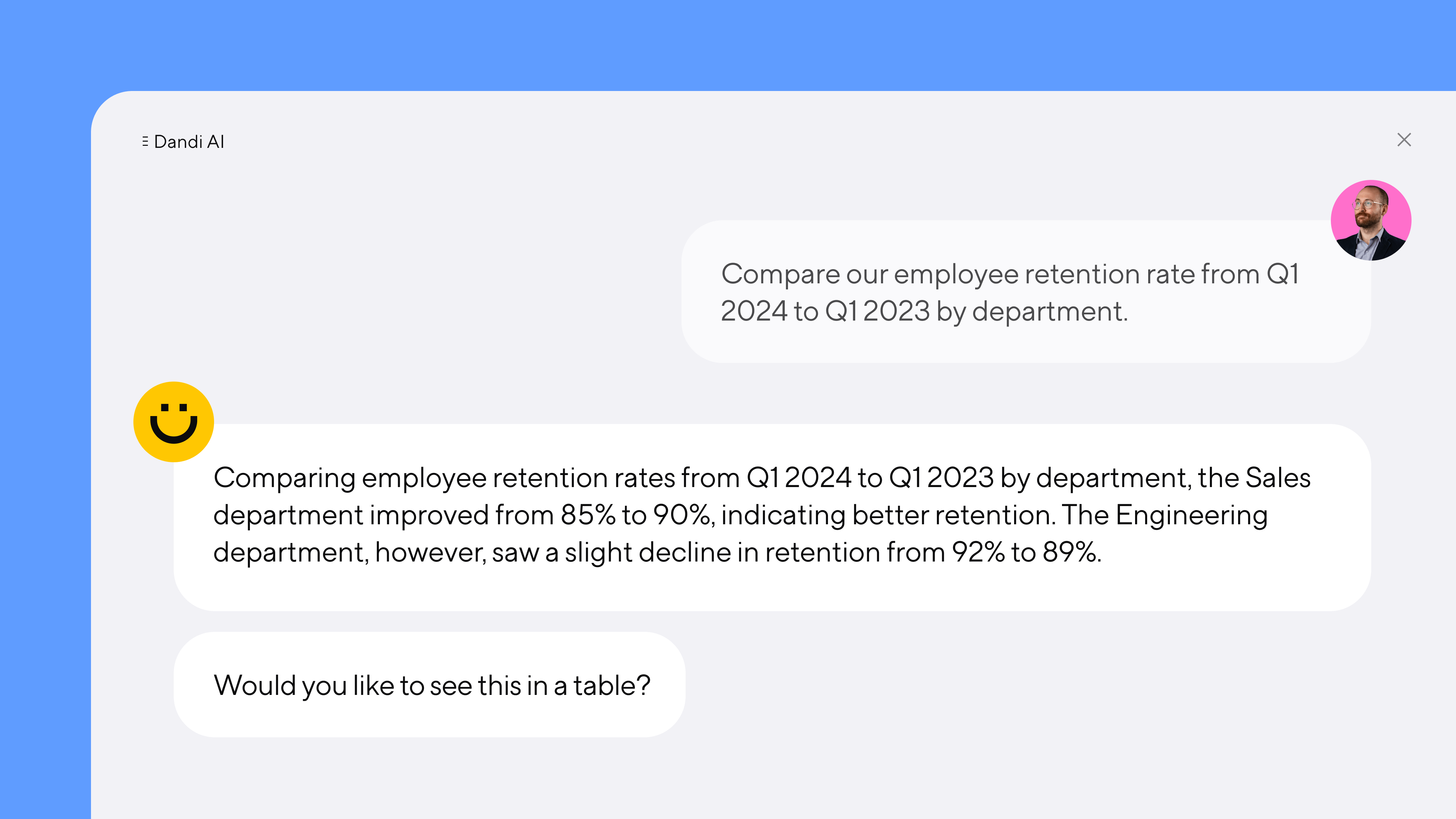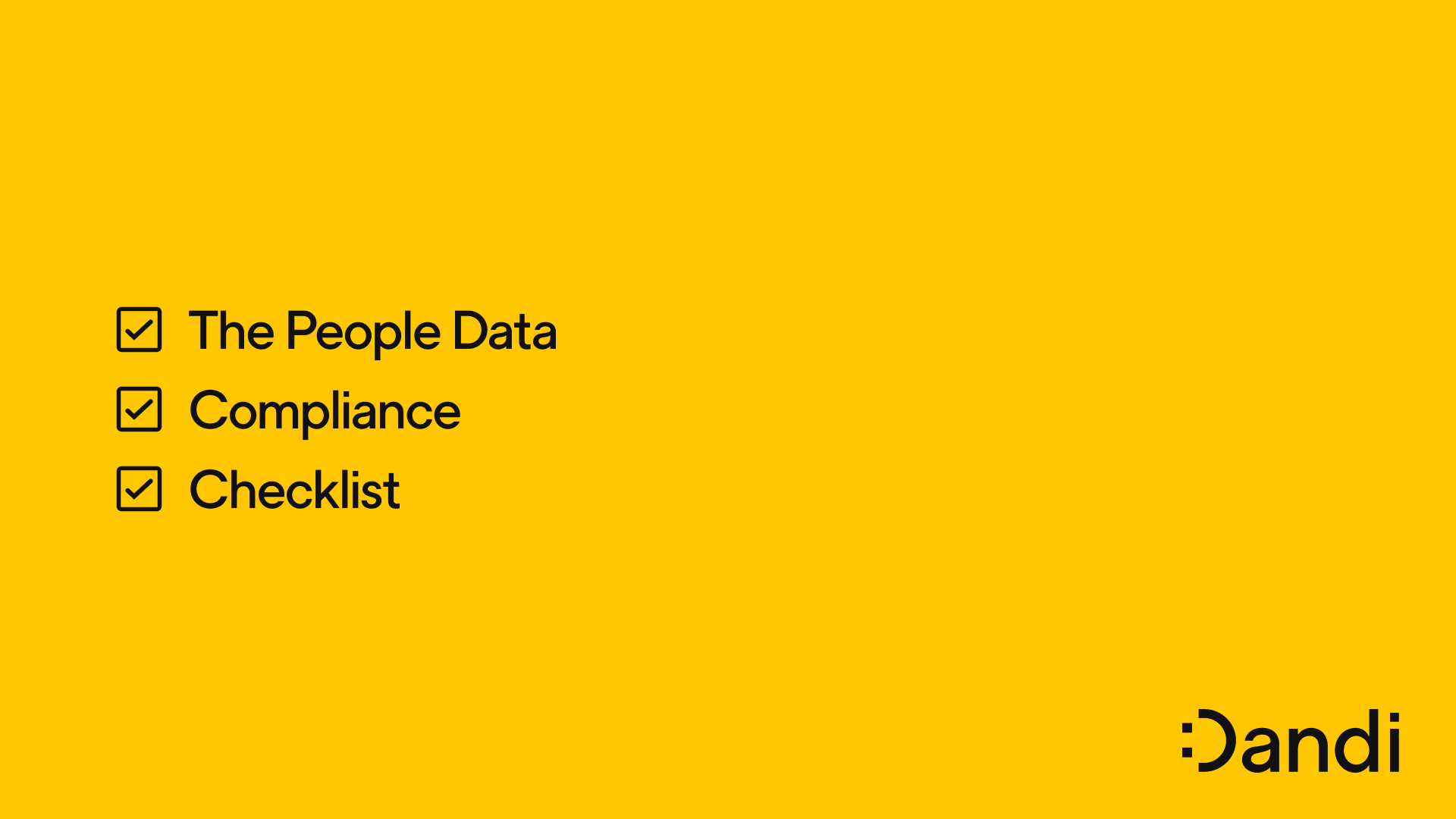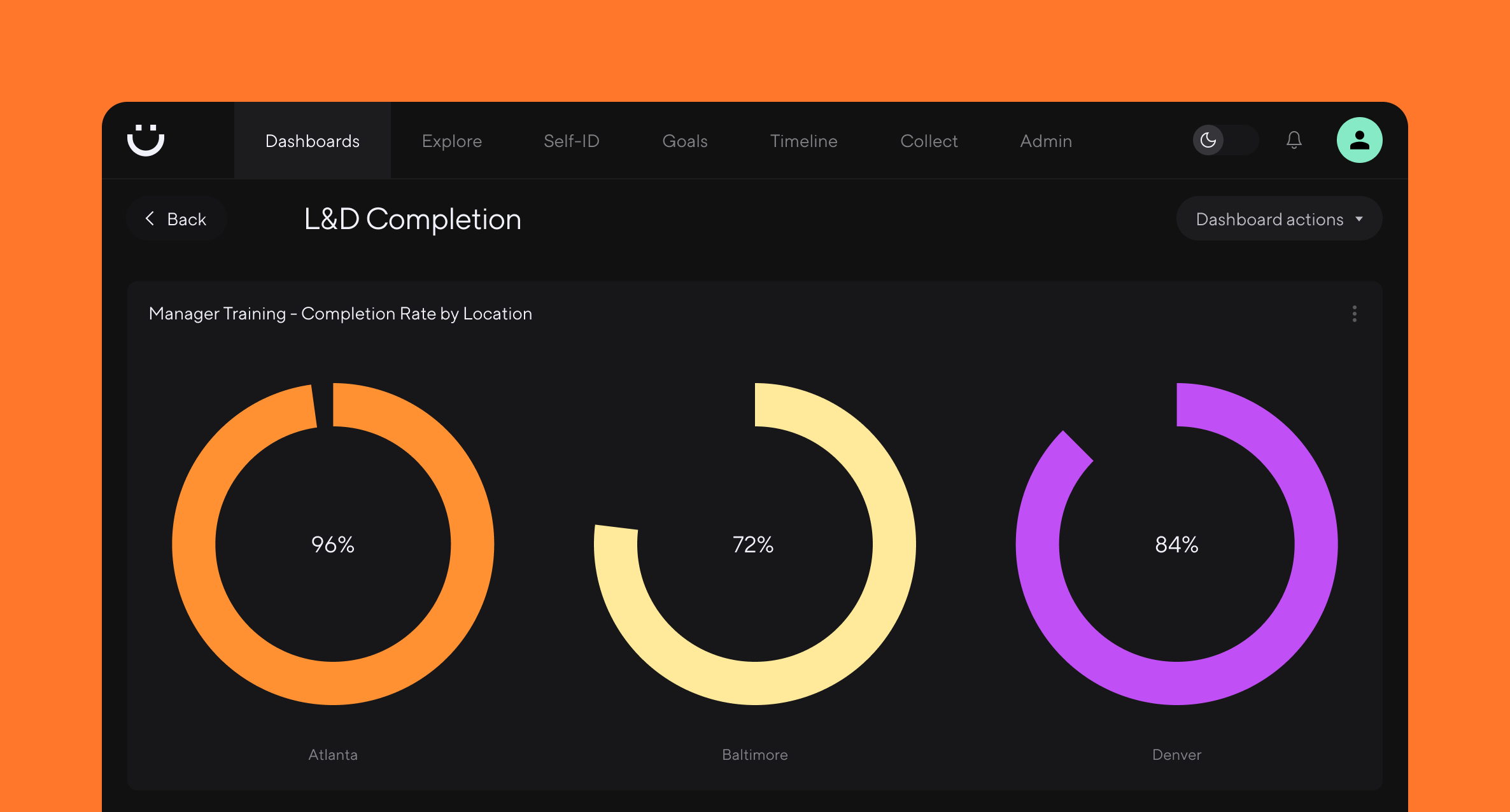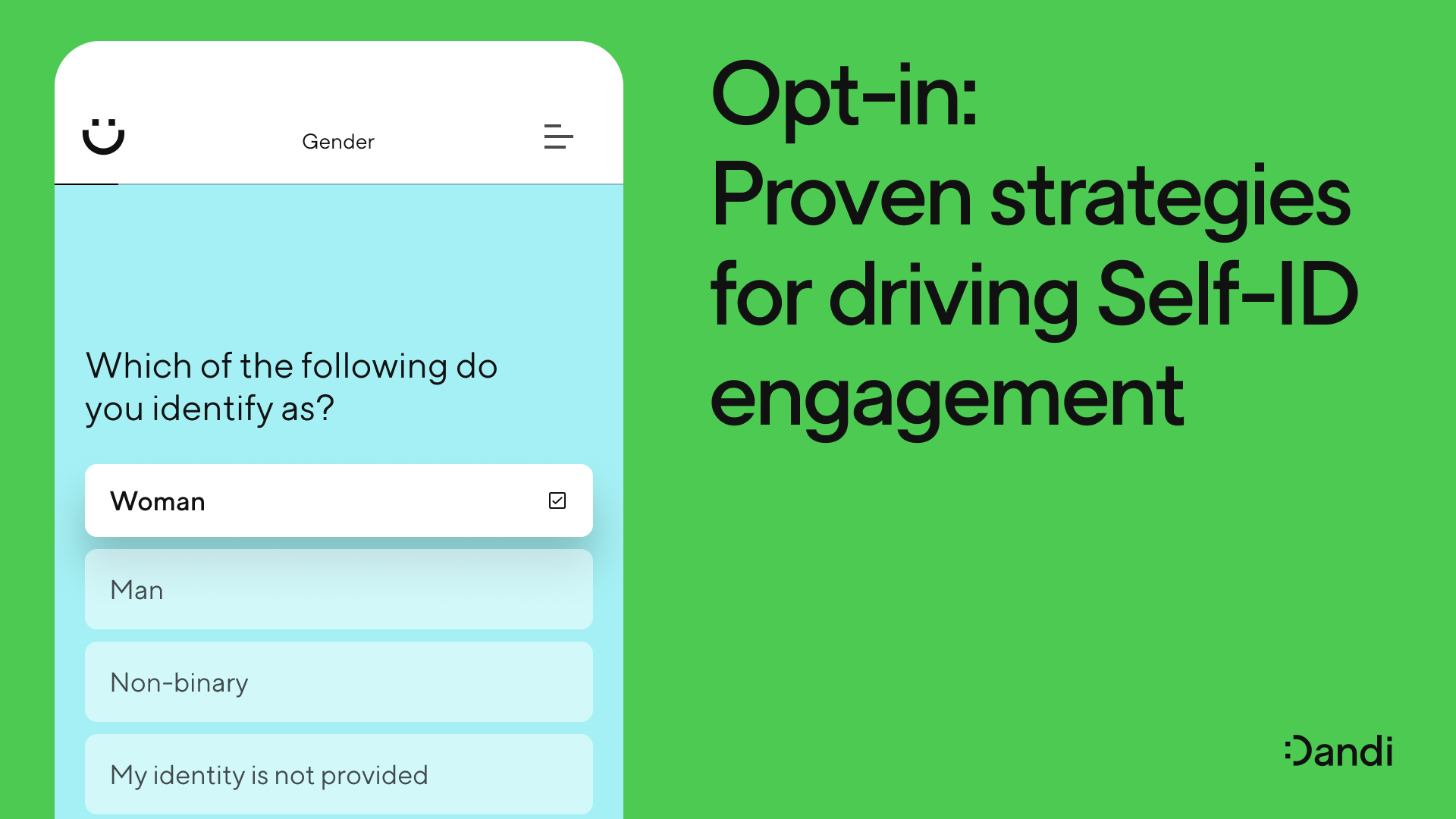Busted: Debunking 4 key myths about DEI and people data
Hallie Bregman, PhD – Jun 28th, 2023
Myths and misconceptions frame much of the conversation today about DEI and people data. In this article, we're sorting fact from fiction.

There are so many myths about DEI work.
Some believe these efforts do not help the business. Some believe that this work leads to discrimination itself, and many hold the belief that collecting data around DEI introduces a lot of risk.
While none of these myths are rooted entirely in truth, the reality is they continue to frame at least part of the DEI conversation today. It’s essential that DEI leaders be able to navigate these conversations successfully.
So, let’s debunk some of these myths!
Myth: Collecting DEI data puts the organization at risk of lawsuits
Fact: Collecting data can actually help protect the organization from legal action
This is a big one!
So much reluctance to engage in DEI analytic efforts is driven by fear. Why? Well, for decades, organizations were held accountable for any discriminatory findings, leading to a mentality that, if you don’t know if there are any problems, you can’t be responsible for those problems. So organizations didn’t look under the hood, in fear of what they might find.
But, there has been a significant mindset shift. Now, we know there are problems, and by ignoring them, we are only perpetuating the issues. Organizations have come to recognize that collecting data can actually help protect the organization from legal action by identifying and mitigating potential risks before they become larger issues.
To be fair, it is still possible for diversity metrics to be used in employment and discrimination disputes, because they can provide concrete evidence of discrimination against a protected group. Still, there are bigger risks in not collecting the data and conducting analysis at all.
One risk is perception: It’s possible that employees and the general public will see a company’s reluctance to collect employee data as being indicative of a general lack of concern for DEI in the workplace. It’s also possible that companies will still be sued for discrimination, and will be completely in the dark as to whether those suits are accurate. Being caught off-guard is not advantageous for anyone, legal counsel especially.
Furthermore, there are now regulations about managing employee data, enforcing privacy statutes and implementing security controls that didn’t previously exist. This means that technology is generally configured to be much more protective of data than in prior decades.
Myth: Employees do not support the collection of employee data
Fact: Most employees support data collection—especially when they understand the benefits
Employees will never share their most personal details with employers—right?
While it's certainly true that some employees are uncomfortable with the idea of data collection, studies have shown that the majority of employees are actually supportive of data collection efforts when they understand the benefits. In fact, many employees see data collection as a way to improve their work environment and make their jobs easier.
So how can we help employees understand the benefits of data collection?
Perhaps the most important piece of the puzzle is to be transparent about data collection practices. When employees understand why data is being collected and how it will be used, they are more likely to support these efforts and to see them as a positive development. This does not mean that all results must be shared organization-wide. But it does mean that there is intentionality about how the data will be used, and employees are in the loop about it.
Employees must also trust that their data will be kept private. Threshold reporting is a key mechanism for data confidentiality. I can’t count the times employees have insisted that managers can see their very specific engagement survey responses. They are up in arms, upset that their feedback has been disclosed.
Most often, this reaction is due to a lack of understanding regarding system thresholds. Typically, a sample size of 5 or more is required for any manager to get dashboard access, and it is literally impossible to see individual responses. Instead of simply insisting that managers can’t see responses, employees must be brought more closely into the process, perhaps even shown a sample dashboard, to see that responses cannot be identified.
Learn how Dandi’s roles and permissions controls help businesses collect, analyze and share people data—safely and securely
Myth: DEI data collection is inherently discriminatory
Fact: Collecting employee data is a key driver of equity in the workplace
The myth that DEI data collection is discriminatory is based on a misunderstanding of the purpose and intent behind collecting this type of data. In fact, collecting DEI data is an essential first step in identifying disparities and systemic issues that may exist in an organization. This data can help identify where resources and attention are needed to improve equity and inclusion for all employees.
In fact, DEI data collection can help promote a more equitable workplace culture by identifying where disparities exist and how to address them. However, the collection of this data is still typically voluntary, and employees can choose whether or not to disclose their identity information.
One particular example where individuals are reluctant to disclose their identity is in the candidate experience. Individuals—particularly those belonging to historically marginalized groups—are often hesitant to disclose their identities for fear of discrimination. They want to be given an equitable chance at gaining employment in the organization.
In turn, many applicant tracking systems (ATS) actually restrict recruiter access to these data points. A recruiter, then, is not exposed to how an applicant identifies, removing (some of) the risk for bias in the process. Instead, candidate identities are used for aggregate analysis to ensure processes are equitable overall, not on an individual level.
Myth: DEI data collection is a one-time effort
Fact: Companies need to take an always-on approach to data collection
Data represents a moment in time. It shows how your company looked at the moment the data was captured. And since a company’s workforce is constantly changing and evolving, it’s necessary to keep collecting new data that reflects these changes.
For instance, pay equity has historically been an annual analysis. Once a year, we pull the compensation data on existing employees, compare job families, geographics, and levels by gender and race, and then move on with our lives. But that’s not enough.
When just one highly paid employee leaves the organization, pay equity shifts. When just one underpaid employee joins the organization, pay equity shifts. Each and every person counts. And you shouldn’t wait until next year’s annual review to see a compensation adjustment to right a pay inequity wrong.
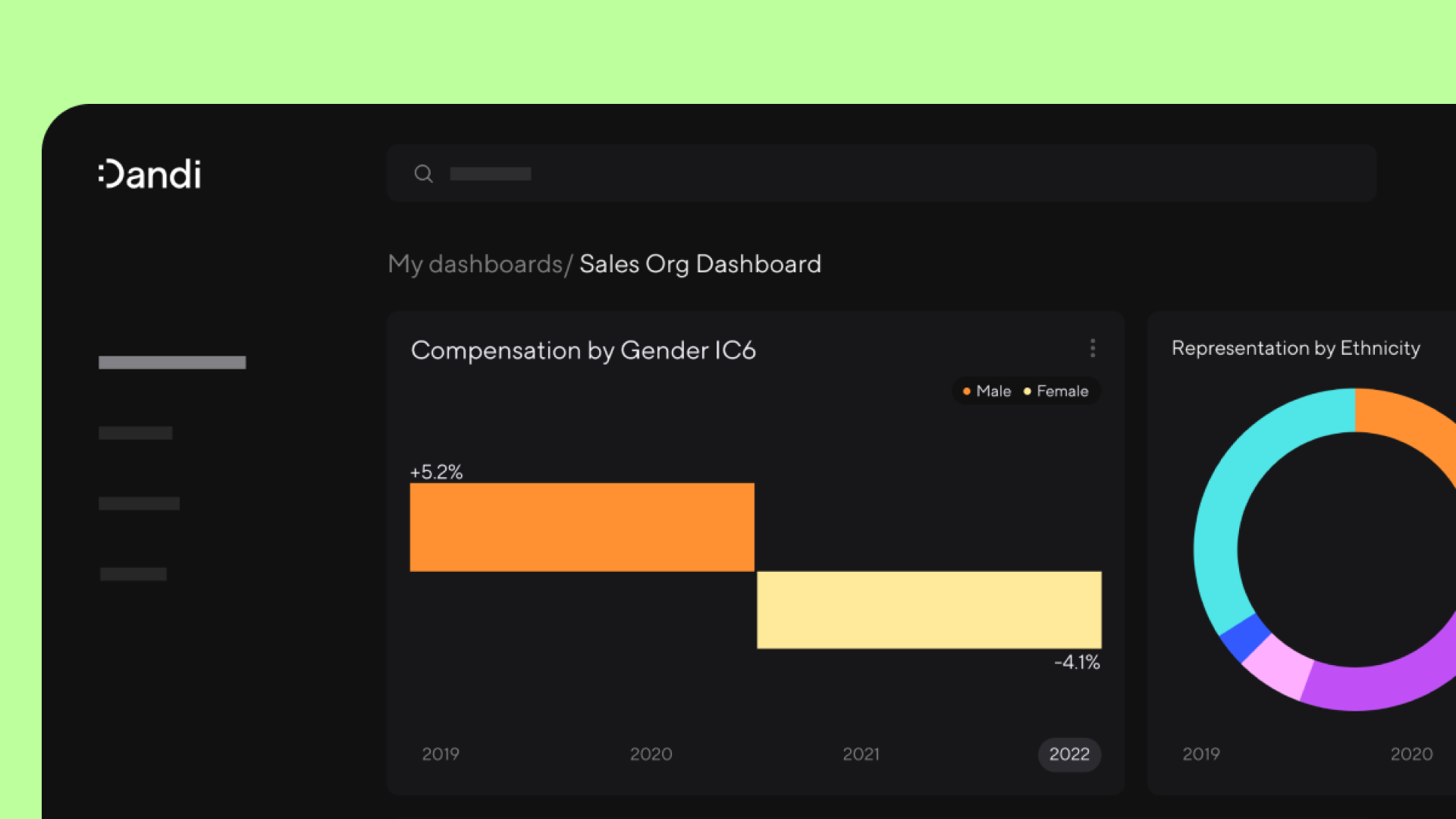
DEI data collection should be viewed as a starting point, rather than a one-time event. As an organization evolves and grows, so too will its workforce and the challenges it faces in promoting diversity, equity, and inclusion. For this reason, regular data collection and analysis is necessary to track progress, identify trends, and adjust strategies as needed.
In reality, collecting DEI data is an ongoing process that requires continuous analysis and progress tracking to measure the effectiveness of DEI initiatives over time. Regular data collection allows organizations to stay on top of these changes and make adjustments as needed to ensure they are still effectively promoting diversity and inclusion.
Fact: Forward-looking companies trust Dandi with their people data. Ready to join them? Book a demo to learn more.
More from the blog
Announcing more powerful Dandi data visualizations
Team Dandi - Oct 23rd, 2024
The New Maturity Model for HR Data
Catherine Tansey - Sep 5th, 2024
Buyer’s Guide: AI for HR Data
Catherine Tansey - Jul 24th, 2024
Powerful people insights, 3X faster
Team Dandi - Jun 18th, 2024
Dandi Insights: In-Person vs. Remote
Catherine Tansey - Jun 10th, 2024
Introducing Dandi AI for HR Data
Team Dandi - May 22nd, 2024
5 essential talent and development dashboards
Catherine Tansey - May 1st, 2024
The people data compliance checklist
Catherine Tansey - Apr 17th, 2024
5 essential EX dashboards
Catherine Tansey - Apr 10th, 2024
Proven strategies for boosting engagement in self-ID campaigns
Catherine Tansey - Mar 27th, 2024
